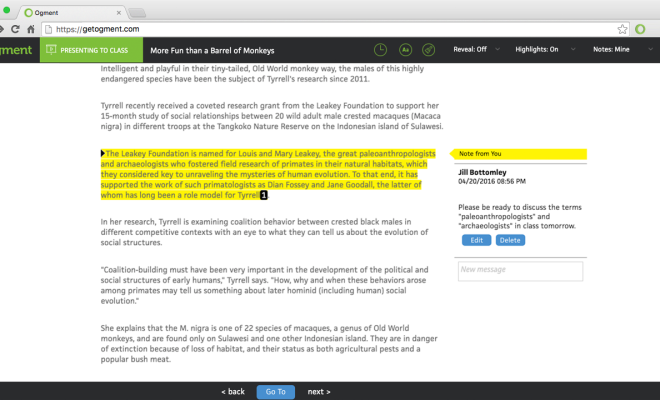Quality metrics ignored in Australian international student caps

Australia’s international education sector, a significant contributor to the national economy, is increasingly reliant on stringent student caps. While these caps aim to manage infrastructure and resource demands, a crucial oversight is the near-total absence of quality metrics in their application. The focus remains overwhelmingly on numbers, neglecting the vital aspect of student experience and educational outcomes.
The current system prioritizes the quantity of students admitted, often overlooking the quality of education they receive. Universities, under pressure to meet enrollment targets, might prioritize high-fee-paying students over those from diverse backgrounds or with potentially lower academic achievements, potentially compromising the overall learning environment and the reputation of the institution.
The lack of quality-focused metrics also hinders the ability to assess the effectiveness of the caps themselves. Are they truly optimizing resource allocation, or are they inadvertently sacrificing educational excellence? Without data on student satisfaction, graduate employment rates, research output linked to international student collaborations, and program completion rates, it’s impossible to determine the long-term impact of these restrictions.
Furthermore, the absence of nuanced data leads to a homogenization of international students. The current system fails to distinguish between programs and institutions, potentially overlooking pockets of excellence and areas needing improvement. A robust metric system would differentiate between high-quality, research-intensive programs and those with lower standards, allowing for a more targeted and effective approach to student caps.
To rectify this, the government should mandate the collection and analysis of relevant quality indicators. This includes measures of student satisfaction, graduate outcomes, teaching quality, and research impact related to international student contributions. Only by integrating these metrics into the cap system can Australia ensure that its international education sector remains globally competitive while prioritizing the quality of education it provides. Ignoring quality metrics undermines the very foundation of the sector’s success and its long-term sustainability.





